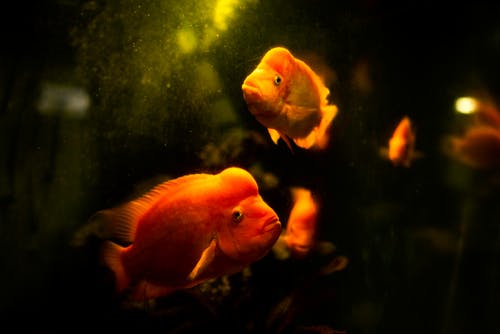Sometimes called backyard aquaculture or aquaponics, making your own DIY fish pen isn’t as challenging as it may seem at first.

After all, if you take the popular residential concept of the koi pond a step or a few farther, what you end up with is a fish pen with all kinds of potential!
Building a DIY fish pen is also a great way to explore a possible career transition into the wider world of aquaculture, as is taking a job with AgriLabour to work in the aquaculture industry.
But many people choose to build their own fish pen just for personal use – to have delicious, organic, “happy” fish to raise, eat and share with family and friends. Read on to learn seven ways to build your own creative DIY fish pen.
Method 1: Pretend you have a vegetable garden, but with fish.
If you have ever grown anything in a backyard garden or even a window box, you can raise your own fish as well. It just takes a little re-thinking of the backyard vegetable garden model.
Plants and fish need the same basic things, after all – hydration, sunlight, warmth, food, safety – when these basics are provided, it is highly likely you will experience success.
Method 2: Form a micro-coop with your neighbours or like-minded friends.
This is an especially great method if your own personal space is cramped as it is. If you can band together with a few others, chances are good someone will have space, someone else will have the time and still, someone else will have the know-how.
Together, you will all learn something new and enjoy the rewards together.
Method 3: Build a pond-based fish pen or cage.
If you have or have access to a pond, the “cage method” is one of the simplest DIY fish pen options. A stream or river will work as well as long as it is safe and legal to use it for aquaculture.
You will need to build or purchase a cage structure and add fish fry. The fry will grow by benefitting from the surrounding environment without co-mingling with any other inhabitants (or becoming their dinner).
Method 4: Create a flow-through fish pen.
In some cases, it may be possible to divert a small amount of natural spring water to a holding pen to raise fish. Always talk with your local regulatory agencies before proceeding.
You don’t need a lot of water to make this system work. What you do need is a receptacle at the end of the diverted water source to hold and raise your fish.
Method 5: Make a DIY greenhouse fish pen.
This method can quickly turn into a fun family or community project by making use of existing greenhouse technology. Some modern fish tanks even use the same technology for pet fish lovers.
Greenhouse aquaponics, as it is often called, uses suitable plants as filters for the water. In turn, the waste generated by your fish helps fertilize the plants. This is one type of “closed-loop” system that projects a sustainable outcome.
If you dream of growing your own fresh produce, this is a potentially great system for you!
Method 6: Swimming pool + garden hose.
Sound too good to be true? Determined aquaponics enthusiasts are making this work all over the world today.
What you need is an above-ground swimming pool lined with protective vinyl. Here, location is vital since the weight of all that water can be very heavy!
All you need is a garden hose to fill it. But you will need to build or install an aerator, filter and (depending on fish species) some form of temperature control.
Method 7: Repurposed tub or tank.
Many big box home stores sell tubs, pools or tanks for different purposes. Wait for an end-of-season sale and snag these for your DIY fish pen.
You can easily house one of these indoors in a basement, cellar or garage, which gives the additional advantage of easier environmental control seasonally and better protection from potential predators.
A garden hose, filter and aerator later, your home DIY fish pen is up and running.
